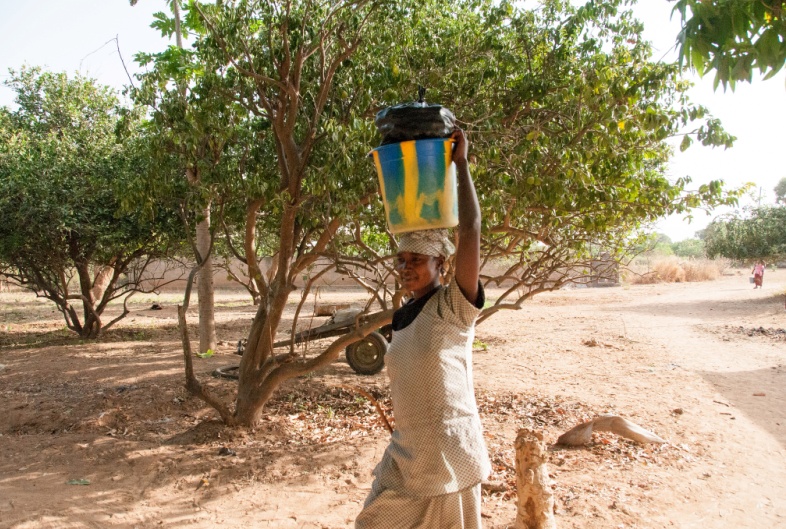Improved Ziziphus mauritiana (jujuber) fruit for sale in San, Mali. Photo credit – Ake Mamo
There are recognized traditional forest management practices and technologies that have potential to promote rehabilitation and/or restoration of degraded forests and woodlands provided proper policies and institutional frameworks are in place. Some of the approaches used in natural regeneration include complete coppice; coppice with standards and selective cutting; pollarding, pruning and lopping; all found to be the predominant form of restoration in dry forests and woodlands of southern Africa.
Farmer Managed Natural Regeneration is also common in some countries like Niger where over 5 million hectares are reported to have been regenerated in the 1990s. Enclosures are prevalent in livestock farming areas where they are used to encourage rehabilitation of grazing land, for example in the Tigray in Ethiopia. Artificial regeneration through woodlots or farm forest is prioritized for out-growers in Uganda, energy production in Rwanda and reforestation of bare hills in Ethiopia. Opportunities also exist for promoting forest restoration through tree planting for carbon markets in rural communities in the form of community-based REDD+ initiatives for sustainable forest management. Agroforestry is also recognized as an important avenue for rehabilitation of degraded areas, especially to improve soil fertility and soil conservation, and also in enhancing ecosystems services.
Natural regeneration through active involvement of local communities supported by enabling policies such as clear forest, tree and land tenure is the most successful and promising option for restoration of the large areas of degraded land. However, while policies promoting participatory natural resource management are in place in most African countries, implementation of these regeneration activities have mostly taken a pilot project-based approach with few strategies for up scaling by the governments. In addition, enabling policies for community-based approaches, including clear land tenure and equitable benefit sharing, are still very much wanting in some countries.

